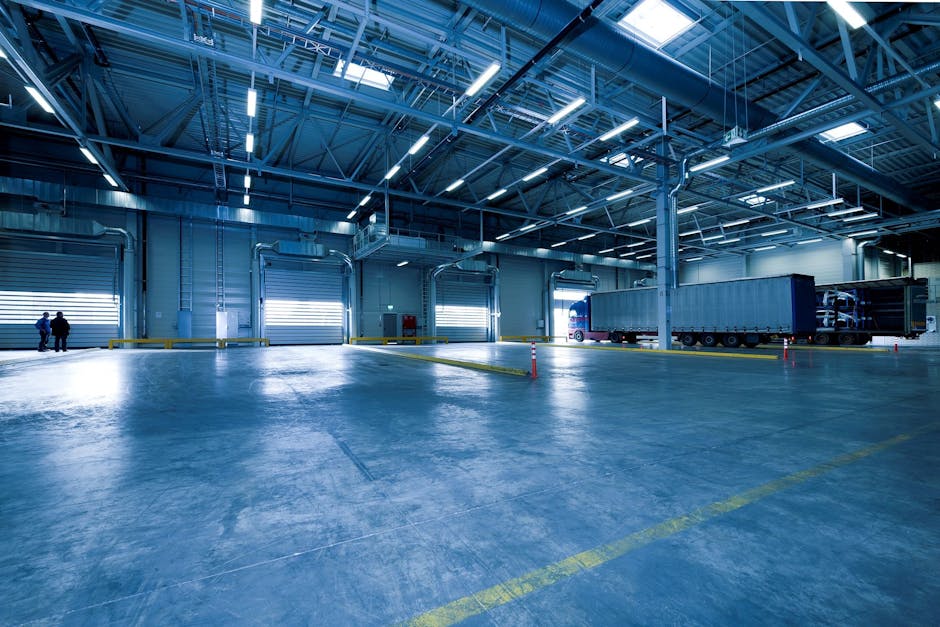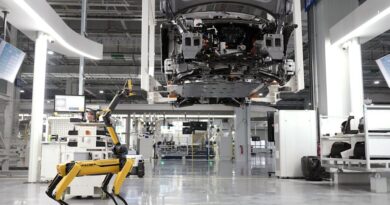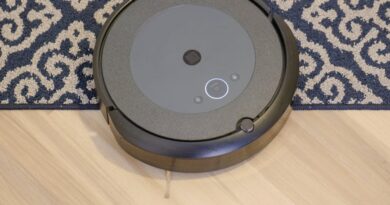Building a Smarter Factory with Robotics
Did you know that factories with robots can be up to 30% more productive? This fact highlights how robotics are changing manufacturing. Smart factories use technology to boost efficiency, cut costs, and improve safety. Lets explore how robotics can transform the way we build things.
What is a Smart Factory?

A smart factory is a high-tech facility where machines, devices, and humans work together seamlessly. It uses data and automation to improve production. Think of it as a well-oiled machine where everything runs like clockwork.
In a smart factory, robots handle repetitive tasks. They work alongside humans, allowing workers to focus on more important jobs. This partnership leads to better quality products and faster production times.
Why Use Robotics in Factories?

Robots offer several advantages in manufacturing. Here are some key reasons:
- Efficiency: Robots can work continuously without breaks.
- Precision: They perform tasks with great accuracy.
- Safety: Robots can handle dangerous tasks, keeping workers safe.
- Cost Savings: Over time, robots lower production costs.
These benefits create a smoother workflow and more reliable output. As a result, companies can meet customer demands more effectively.
How Do Robotics Work in Factories?

Robotics in factories isn’t just about machines. It involves various technologies working together. Heres a simple breakdown:
- Automation: This refers to using machines to perform tasks without human intervention.
- Artificial Intelligence (AI): AI helps robots learn and adapt. It allows them to make decisions based on data.
- Internet of Things (IoT): IoT connects devices to the internet. This enables machines to communicate with each other.
When these technologies combine, they create a smart factory that can adjust to changes quickly. For instance, if a machine breaks down, others can take over the tasks seamlessly.
What Tasks Can Robots Do?

Robots can take on various roles in a factory. Here are some common tasks they perform:
- Assembly: Robots can assemble parts faster and more accurately than humans.
- Welding: Automated welding machines can work tirelessly, ensuring strong joints.
- Packaging: Robots can package products quickly, reducing time on the line.
- Quality Control: Robots can inspect products for defects, ensuring high quality.
These tasks free up workers to engage in creative problem-solving and more complex duties.
What are the Benefits of Smart Factories?
Smart factories come with numerous positive outcomes. Here are some notable benefits:
- Increased Productivity: Robots work faster, allowing companies to produce more in less time.
- Better Quality: Consistent results lead to fewer errors and higher quality products.
- Flexibility: Smart factories can adapt quickly to changes in demand.
- Improved Worker Satisfaction: Workers can focus on more meaningful tasks rather than mundane ones.
These advantages contribute to a more competitive business landscape, where companies can thrive.
Are There Any Challenges?
While robotics offer many benefits, challenges do exist. Some common concerns include:
- Cost of Implementation: Investing in robotics can be expensive upfront.
- Job Displacement: Some worry robots will replace human jobs.
- Technical Issues: Like all technology, robots can malfunction or require maintenance.
Addressing these challenges requires careful planning and investment. Companies must ensure that workers can adapt to new roles in a tech-driven environment.
Future Trends in Robotics and Smart Factories
The future of smart factories looks bright. Here are some exciting trends to watch:
- Collaborative Robots (Cobots): These robots work alongside humans, enhancing productivity.
- Advanced AI: More sophisticated AI will enable robots to learn and improve their tasks.
- Customized Production: Factories will shift towards more personalized products, tailored to customer needs.
These trends show how technology will continue to evolve, making factories smarter and more efficient.
How Can Companies Get Started?
For businesses looking to embrace robotics, here are some steps to consider:
- Assess Needs: Identify areas where robotics can improve efficiency.
- Start Small: Begin with one or two robots to test their impact.
- Train Employees: Invest in training programs to help workers adapt to new technologies.
- Evaluate Progress: Regularly review the effectiveness of robotics in your operations.
Taking these steps can help companies reap the benefits of a smarter factory.
What Do Experts Say?
Many industry leaders believe that robotics will play a significant role in the future of manufacturing. According to a report by McKinsey, over 70% of companies are planning to invest in automation within the next five years. This shift emphasizes the importance of staying ahead in a competitive market.
Conclusion: Embracing the Future with Robotics
Building a smarter factory with robotics is not just a trend; it’s a necessity for success in the modern world. By enhancing efficiency, improving quality, and ensuring worker safety, robotics shape the future of manufacturing.
As companies begin to embrace this technology, they must remain proactive. Investing in employee training and adapting to new processes will ensure a smooth transition. The future is bright for those willing to innovate and evolve.
So, are you ready to embrace the change? Start small, and watch your factory become smarter and more efficient!



